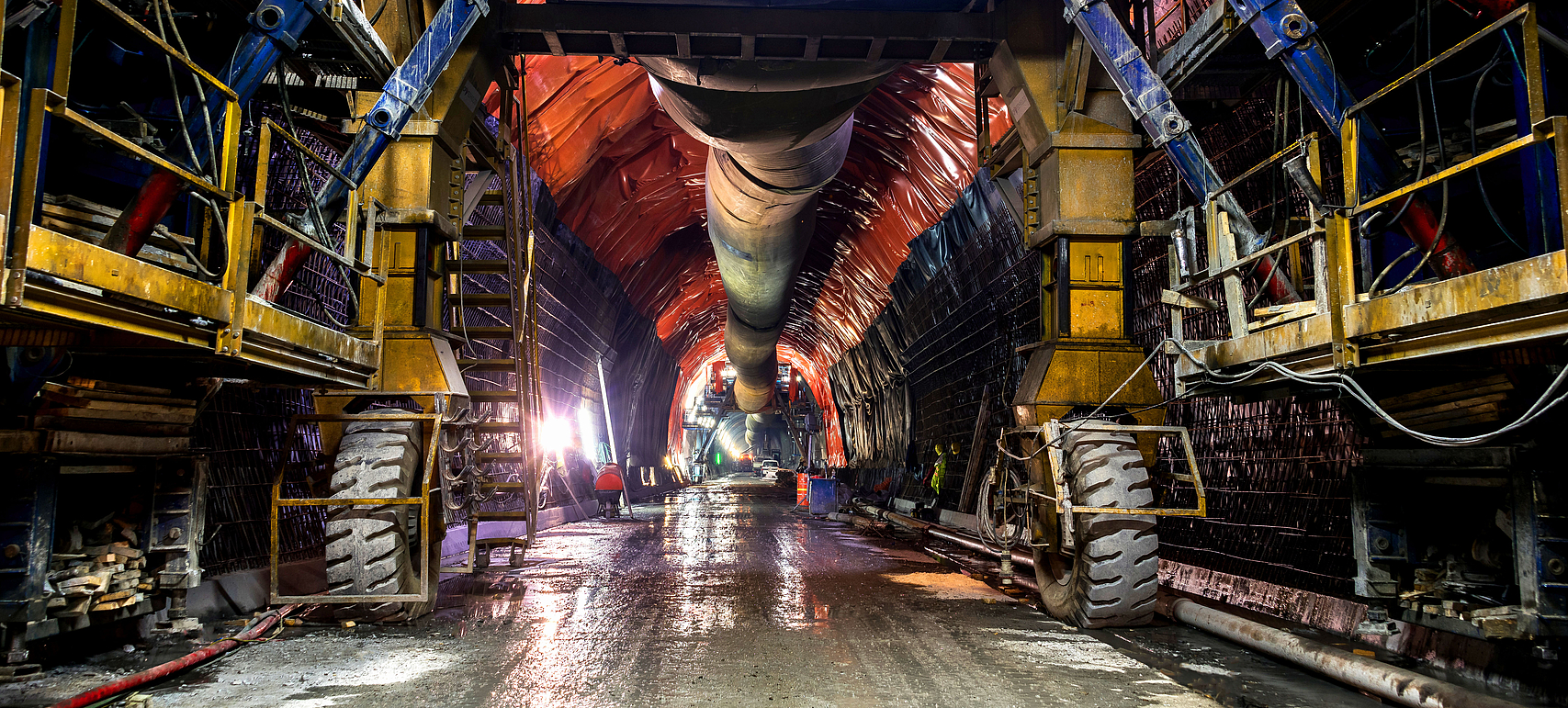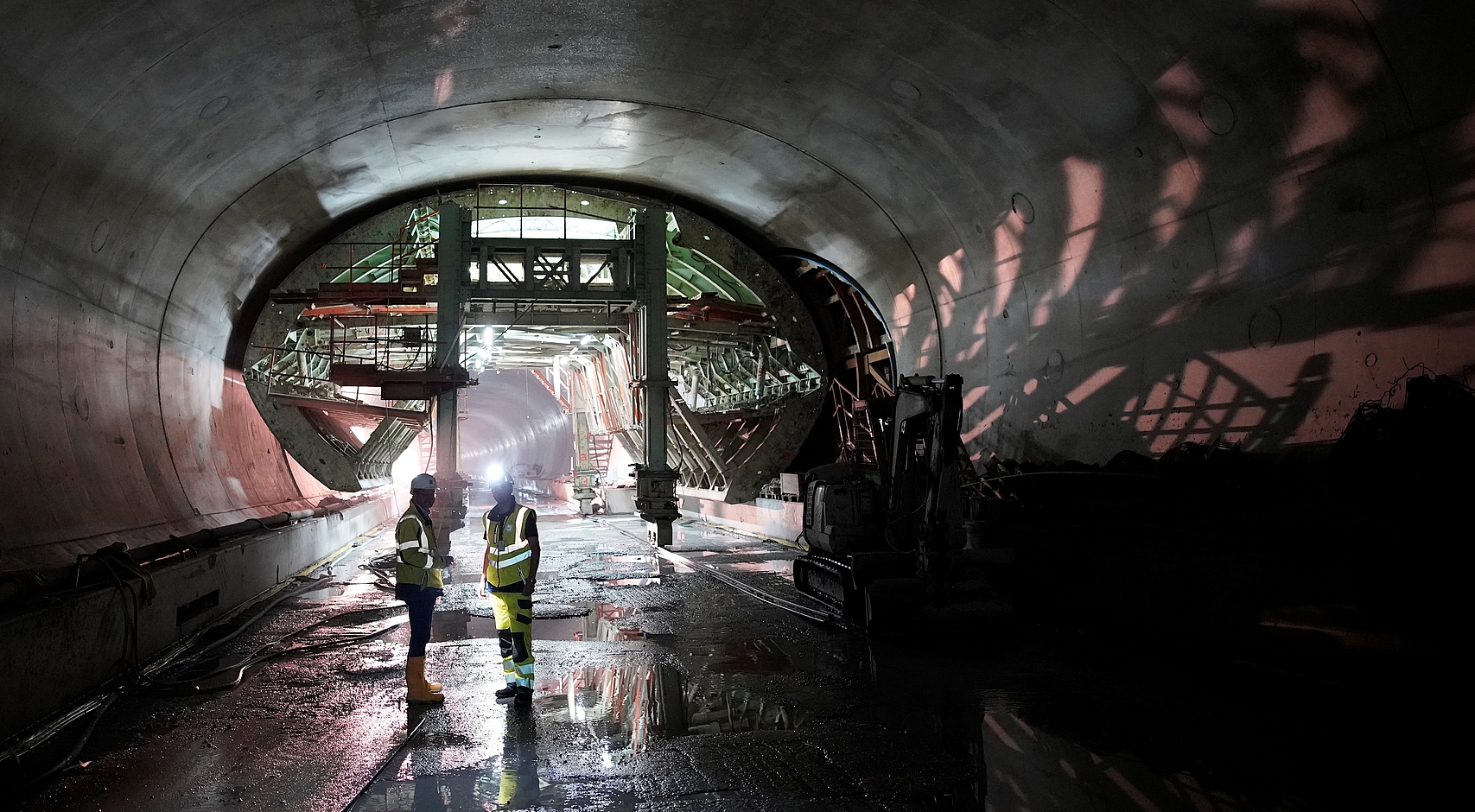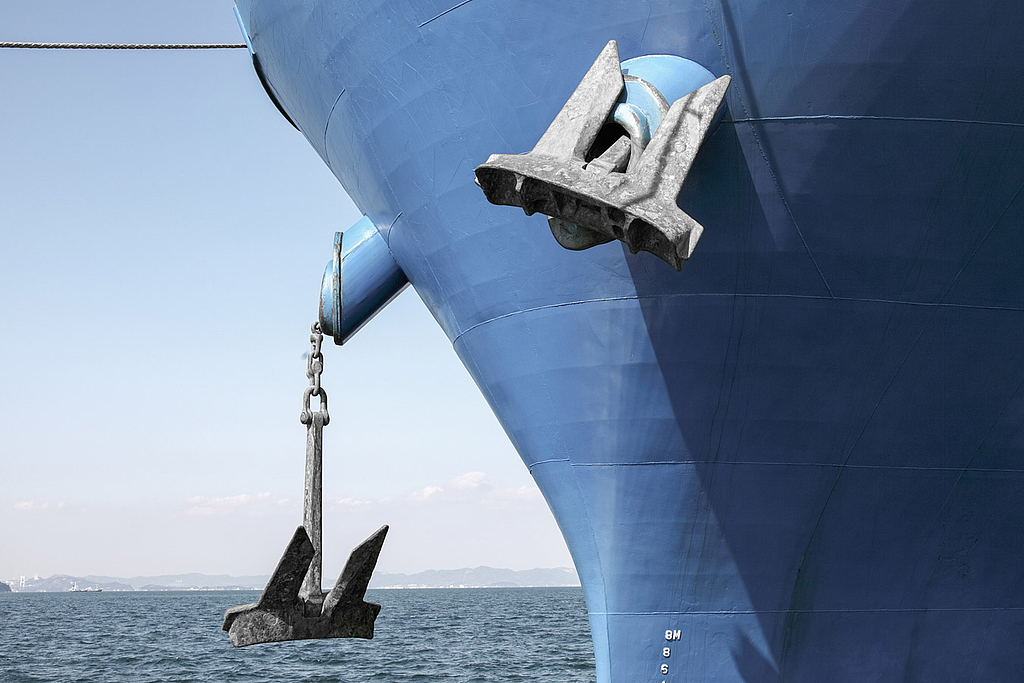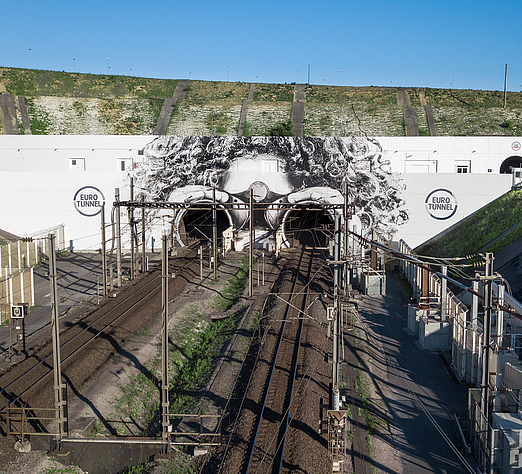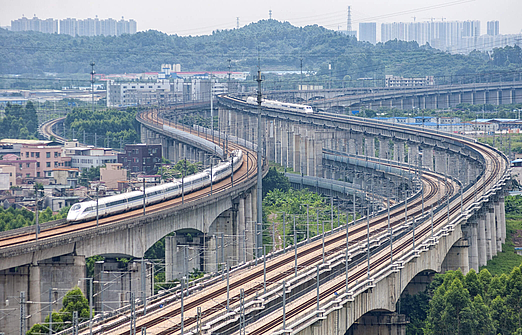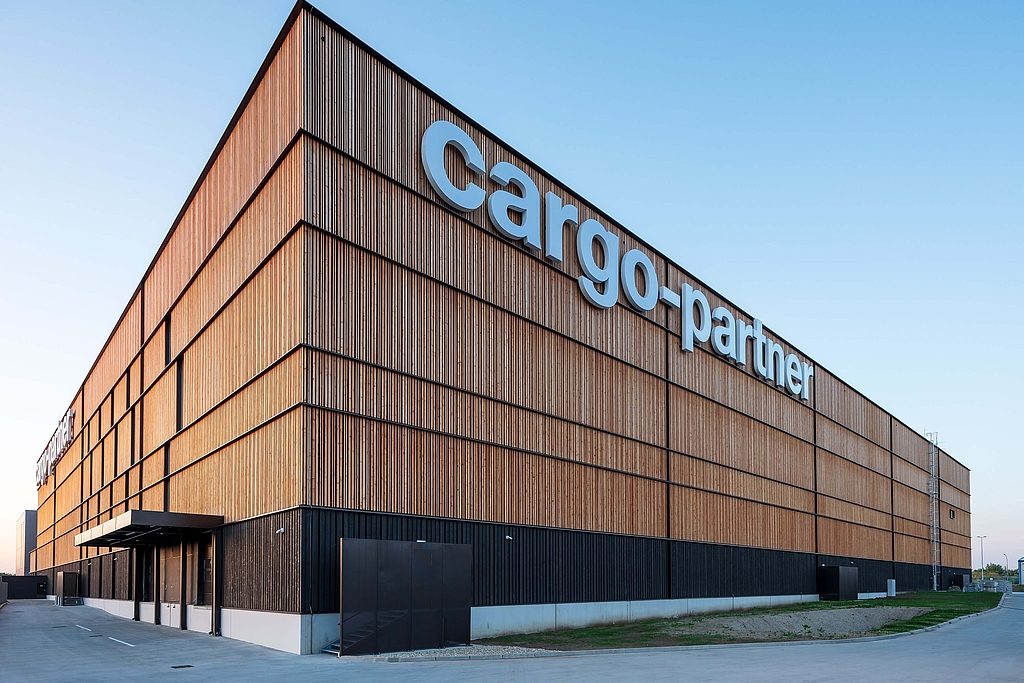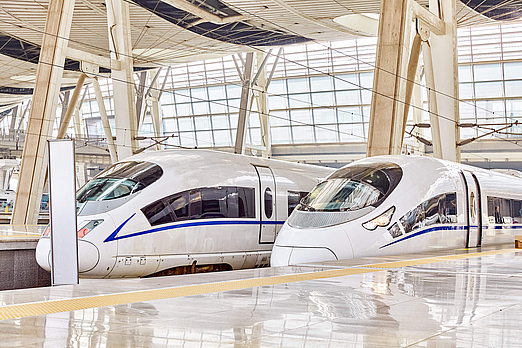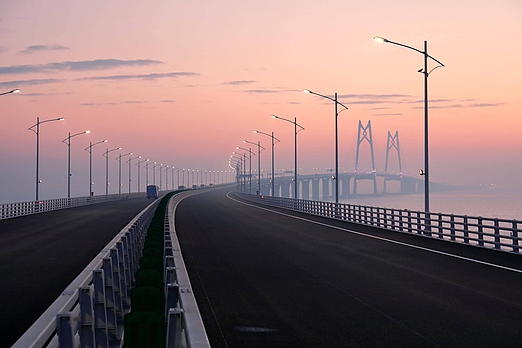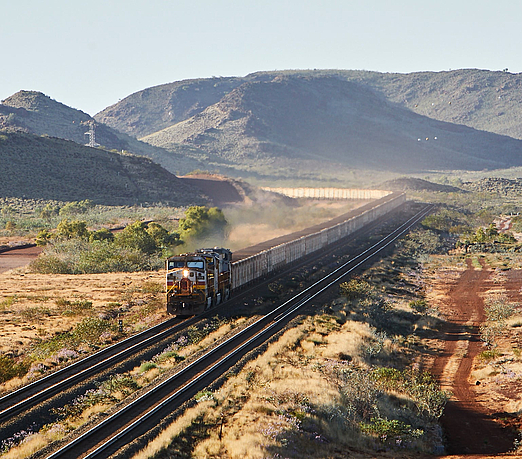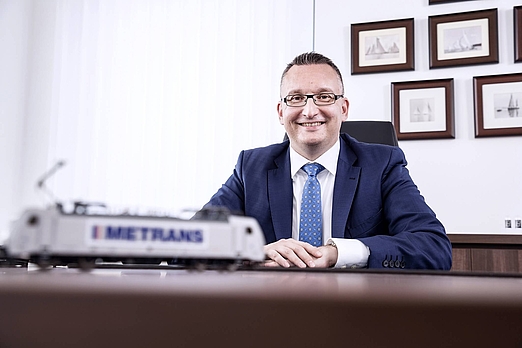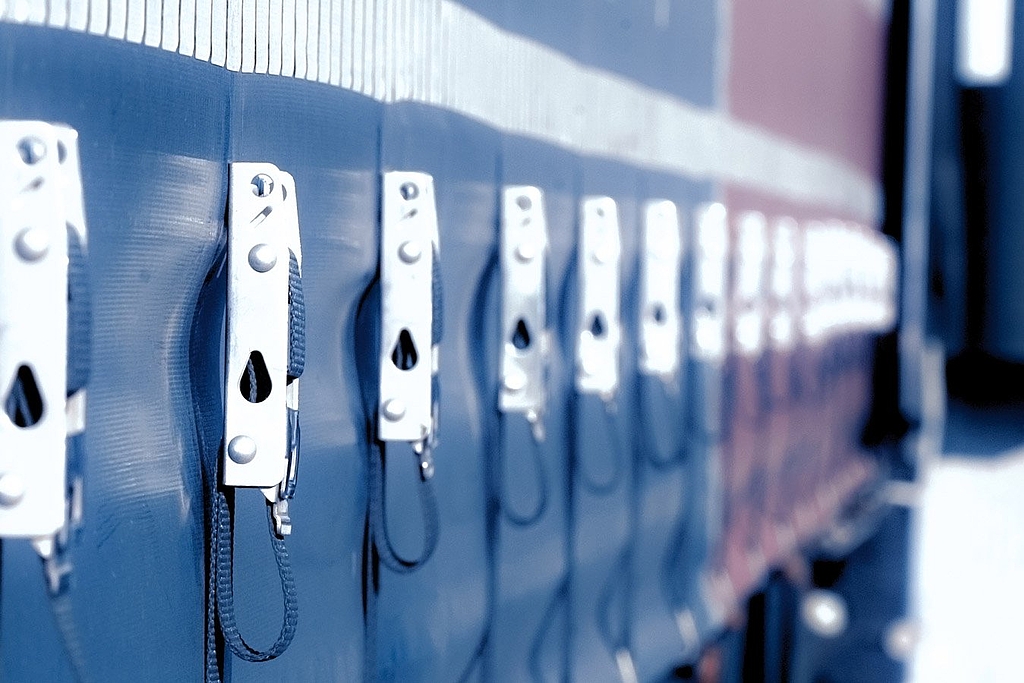Busting through: a feat of engineering to make crossing the Alps a breeze
The Brenner Base Tunnel is a project of the century
- Facts
It will be a core element of the trans-European corridor between Scandinavia and the Mediterranean and set a new standard for crossing the Alps while also earning the title of longest underground railway connection in the world. Without a doubt, the Brenner Base Tunnel will be a central artery for rail transport in Europe.
